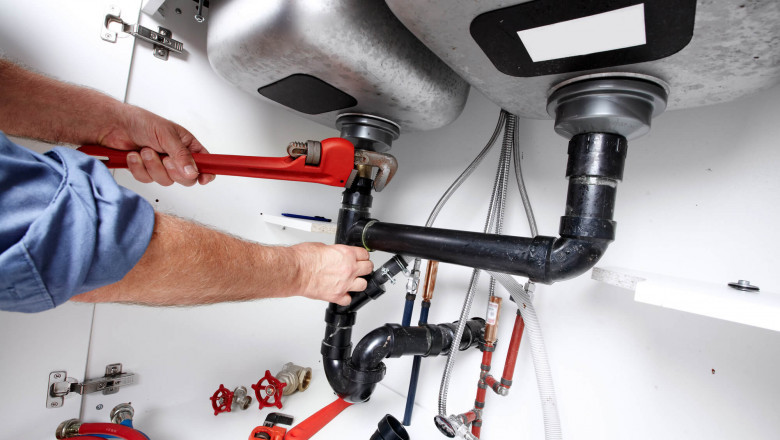views
When a plumbing issue strikes, calling a professional might be your first thought. But what if you could fix it yourself — quickly and affordably? With a little know-how, many common plumbing problems can be solved without hiring a plumber. In this article, we’ll explore practical plumbing DIY techniques that can help you keep your home’s plumbing system in top shape.
Why Learn Plumbing DIY?
Learning basic plumbing repairs offers several benefits:
-
Cost savings: Avoid service charges for minor repairs.
-
Quick solutions: Fix issues immediately instead of waiting for help.
-
Skill-building: Gain confidence in handling home maintenance.
Whether you’re dealing with a dripping faucet or a clogged toilet, DIY plumbing empowers you to take control of your home’s upkeep.
5 Common Plumbing Issues and How to Fix Them
1. Leaky Faucets
Problem: A constant drip not only wastes water but also increases your water bill.
DIY Fix:
-
Turn off the water supply.
-
Disassemble the faucet.
-
Replace the washer or O-ring.
-
Reassemble and test for leaks.
Tip: Use plumber’s tape on threaded parts to ensure a tight seal.
2. Clogged Drains
Problem: Slow-draining sinks or tubs are often caused by hair, soap, or debris buildup.
DIY Fix:
-
Use a plunger to dislodge the clog.
-
Try a mixture of baking soda and vinegar followed by boiling water.
-
Use a drain snake for stubborn blockages.
Avoid chemical drain cleaners as they can damage pipes.
3. Running Toilet
Problem: If your toilet runs constantly, it’s likely due to a faulty flapper or fill valve.
DIY Fix:
-
Remove the tank lid and inspect the flapper.
-
Replace worn-out parts with a toilet repair kit.
-
Adjust the chain length and water level as needed.
4. Low Water Pressure
Problem: Weak water flow can be caused by mineral buildup in showerheads or faucets.
DIY Fix:
-
Remove the affected fixture.
-
Soak it in vinegar overnight.
-
Scrub off any remaining residue and reinstall.
This simple step often restores normal water flow.
5. Leaking Pipes
Problem: Small leaks under sinks or in basements can cause big problems if ignored.
DIY Fix:
-
Shut off the water supply.
-
Use pipe repair tape or a rubber patch with clamps as a temporary fix.
-
Replace the damaged pipe section if you have the tools and experience.
Tools Every DIY Plumber Should Have
-
Adjustable wrench
-
Pipe wrench
-
Plumber’s tape
-
Plunger
-
Drain snake
-
Screwdrivers
-
Bucket and rags
Having the right tools on hand makes plumbing DIY faster and easier.
When to Call a Professional
While many plumbing issues can be handled on your own, it’s best to call a licensed plumber if:
-
The issue involves the main sewer line.
-
There’s water damage or flooding.
-
You’re unsure how to proceed safely.
DIY is great, but knowing your limits is just as important.
Final Thoughts
With the right tools, a bit of patience, and the knowledge above, you can tackle many DIY plumbing repairs yourself. From fixing a leaky faucet to clearing a clogged drain, these simple techniques can save you time, stress, and money.
Looking to upgrade your plumbing skills? Bookmark this guide, subscribe to DIY home maintenance blogs, and keep learning. Your home—and wallet—will thank you!














Comments
0 comment